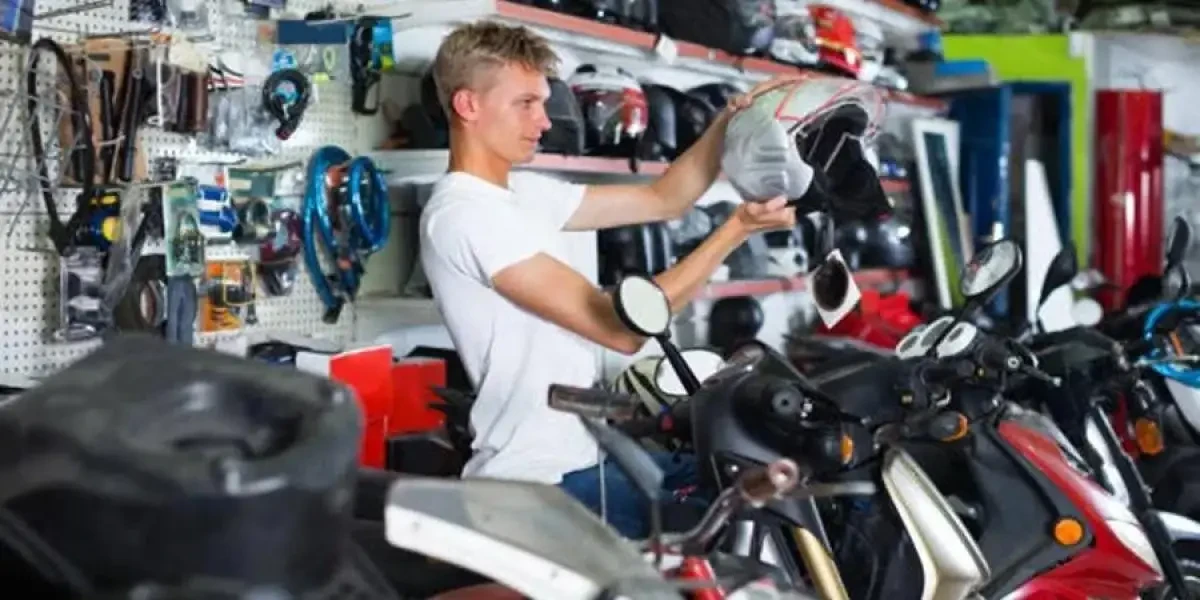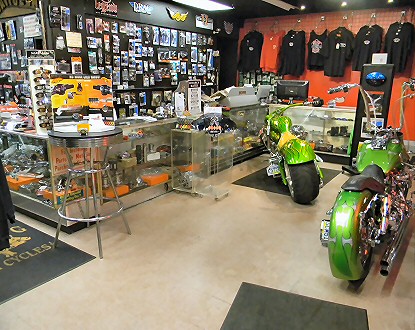Visit Our Motorcycle Shop for Specialist Advice and Top Quality Products
Visit Our Motorcycle Shop for Specialist Advice and Top Quality Products
Blog Article
Understanding Bike Gears: Just How to Maximize Your Riding Experience
In the world of motorcycling, grasping the art of equipment control is critical for enhancing your riding efficiency. Properly making use of and understanding bike gears can substantially influence gas, control, and acceleration efficiency, changing an ordinary ride right into a seamless, thrilling trip.
Understanding Equipment Mechanics
At the core of motorbike characteristics, equipment technicians play a critical duty in converting engine power right into motion, eventually determining speed and control. The gear proportions, very carefully designed, determine the partnership between engine transformations and wheel turns, affecting acceleration and fuel effectiveness.
Understanding equipment auto mechanics begins with recognizing the relevance of the gearbox, which houses multiple equipments of varying sizes. These gears connect via a procedure called meshing, where teeth of different equipments involve to transmit power. The accuracy of this interaction is essential; any type of imbalance or damages can cause ineffective power transfer, impeding efficiency. Furthermore, the setup and size of equipments affect the motorbike's capacity to manage different tons and speeds.
In addition, the idea of equipment shifting is important to making best use of performance. Smooth and prompt shifts make sure that the engine runs within its ideal power band, preventing unnecessary stress and boosting durability (motox parts nz). By comprehending these mechanical ins and outs, cyclists can achieve an unified mix of control, efficiency, and power, raising their riding experience
Timing Your Shifts
Change timing proficiency is essential for optimizing motorbike efficiency and boosting the riding experience. Effectively timed shifts ensure that the engine operates within its optimal power band, which is vital for keeping control, attaining smooth velocity, and ensuring the long life of the bike. Riders need to establish an instinctive sense of when to shift gears, which involves understanding the connection between engine transformations per minute (RPM) and speed.
To grasp change timing, pay close interest to the engine's noise and really feel, as these supply vital ideas about when to change equipments. When the engine comes close to the top variety of its power band without reaching the redline, the perfect change factor generally takes place - motorcycle parts nz. Changing too early can bring about a lack of power, while changing also late might trigger unnecessary engine strain
In addition, road problems and riding style influence change timing. In comparison, throughout highway riding, less changes at higher rates can be more proper.
Enhancing Gas Efficiency
While understanding motorcycle gears is crucial for efficiency, enhancing fuel performance is equally essential for both financial and ecological factors. Optimal fuel usage not just minimizes functional costs however likewise decreases the ecological footprint of riding. To accomplish this, one have to understand the elaborate connection in between gear choice and engine efficiency.
To start with, selecting the ideal equipment at ideal speeds can considerably affect gas intake. Riding in a greater gear at lower speeds can result in engine carrying, which is destructive to both gas economy and engine health. Conversely, riding in lower gears at broadband leads to unneeded gas intake. Hence, keeping an optimum equilibrium by changing equipments in placement with roadway problems and prepared for maneuvers is crucial.
In addition, routine maintenance plays a critical function in gas performance. Guaranteeing that the motorbike is well-tuned, with clean air motorbike shop filters and effectively blew up tires, can boost the rules of aerodynamics and minimize gas waste. Adopting a riding design that accepts gradual velocity and smooth deceleration can contribute to better fuel economy.

Techniques for Smooth Transitions
Attaining smooth equipment changes is basic to enhancing the riding experience and making certain the durability of a motorcycle's transmission system. Correct gear changing not only adds to a seamless adventure however also lessens wear and tear on the mechanical parts. To grasp the art of smooth changes, cyclists should concentrate on a few vital techniques.

Second of all, clutch control plays a pivotal function. Involving and disengaging the clutch efficiently calls for practice. The clutch lever must be launched progressively, allowing for a seamless transfer of power from the engine to the wheels without creating a jolt or abrupt activity.

Adjusting to Roadway Problems
Browsing varied roadway problems is an important ability for any type of motorcyclist intending to preserve control and security. Whether you're riding on wet surfaces, gravel roadways, or browsing doglegs, your capability to adapt your gear usage and riding strategy is extremely important. Recognizing how to adjust your gears properly can substantially affect traction and stability, making certain a more secure trip.
On wet roads, it is advisable to keep greater gears to reduce torque and decrease wheel spin. This strategy assists maintain hold on slippery surfaces, enabling smoother velocity and deceleration. In comparison, when riding on crushed rock or unequal terrain, reduced gears are preferable. Reduced gears provide far better control and enable you to react even more swiftly to unanticipated modifications in the road surface area.
Sharp contours demand specific gear monitoring to balance rate and control. Downshifting before getting in a curve can aid maintain energy while ensuring the motorbike remains steady throughout the turn. Regular method in diverse conditions improves your capacity to anticipate and react to changes in road appearance and slope.
Final Thought
Grasping bike equipments dramatically enhances the riding experience by improving acceleration, gas, and control effectiveness. A comprehensive understanding of gear technicians and precise shift timing guarantees the engine runs within its optimum power band, while smooth transitions through efficient clutch and throttle sychronisation rise convenience and efficiency. Adapting gear selection to different road problems, such as making use of greater equipments on damp surface areas and reduced equipments on crushed rock, further enhances handling and safety. Eventually, these skills raise the general journey.
Comprehending gear mechanics begins with identifying the value of the transmission, which houses multiple gears of differing dimensions. These gears communicate through a procedure recognized as meshing, where teeth of various gears involve to send power (motorbike shop). Gentle adjustments to the throttle throughout gear shifts can protect against jerky motions and maintain a consistent riding rate
Whether you're riding on wet surfaces, crushed rock roads, or navigating sharp turns, your capacity to adapt your gear use and riding method is paramount. Adjusting gear option to different road problems, such as utilizing higher equipments on wet surface areas and lower equipments on gravel, more enhances handling and safety.
Report this page